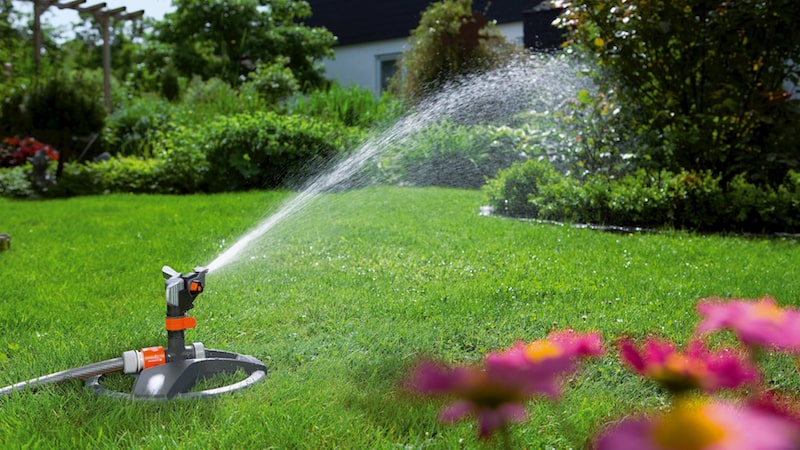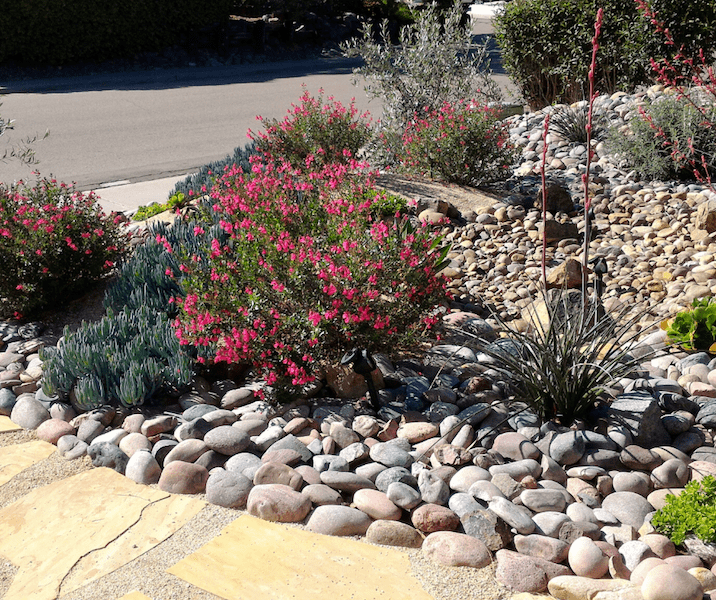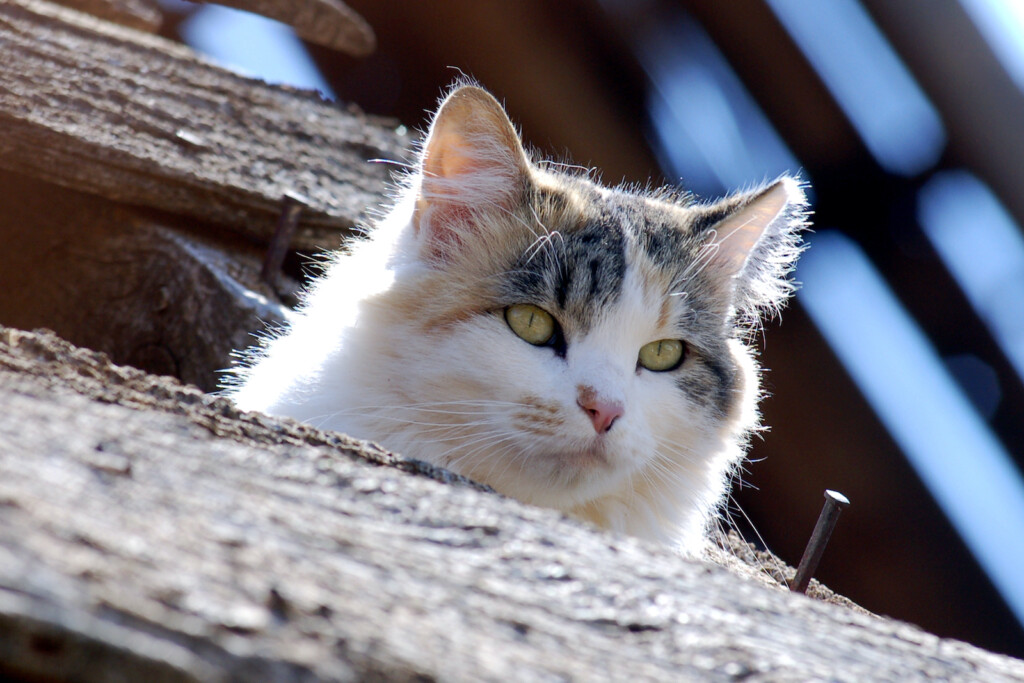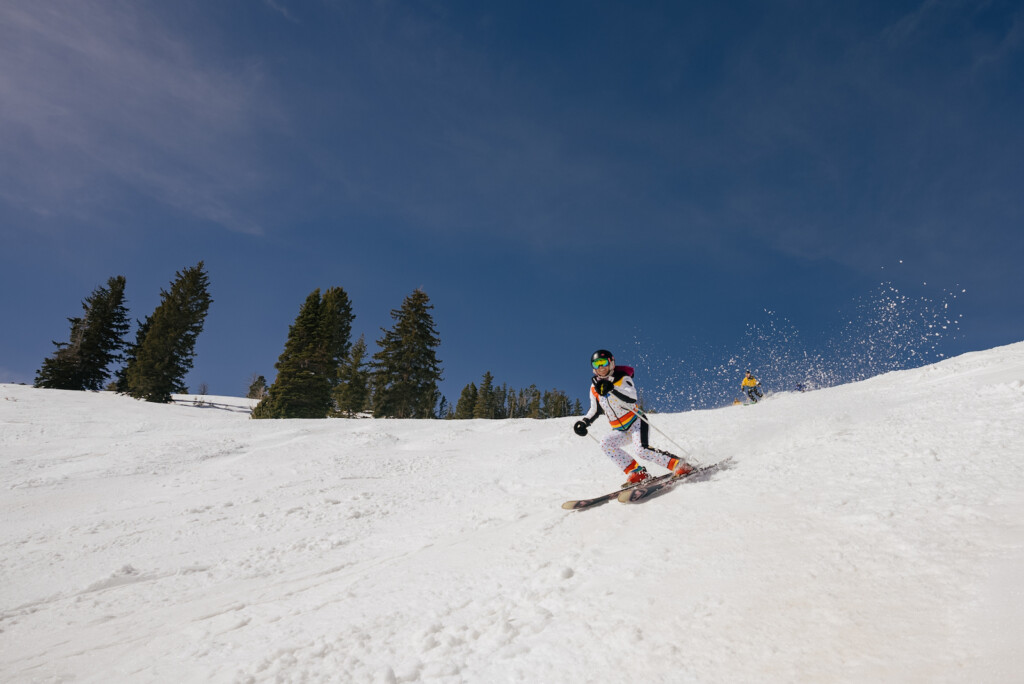
Once upon a time, every American wanted the same thing: a house in the suburbs with a lush, green lawn surrounded by a white picket fence. It was the American dream. For many, it still is. But are all those green lawns really necessary nowadays, with their excessive water consumption and chemical runoff, and what are the alternatives?
After WWII, chemical companies were scrambling to find new customers in a post-war economy. Now that the government no longer needed defoliation agents like napalm, or nerve gas and other substances of chemical warfare, these companies focused their marketing on suburban consumers instead, targeting them with a chemical revolution.
Cleaners, sanitizers, disinfectants, bug sprays, repellants, herbicides, pesticides, fertilizers, sun screen, pharmaceuticals (both good and bad), and a thousand other chemical products, including DDT, ushered in a new standard of living. “Better living through chemistry” was the sales pitch ― and Americans bought into it hook, line and sinker, while chemical conglomerates banked billions in profits.
Today, chemical lawn and pest control businesses are thriving, and the nostril clenching stench of their products permeates the spring and summer air in most of our neighborhoods.
I asked the guy from a prominent local green lawn and pest control company who was spraying my neighbor’s lawn whether his product was safe for kids and pets, and he assured me that it was. But when I asked him why he was required to put yellow flags on the grass warning homeowners to keep kids and pets off the lawn for 24 to 48 hours, suddenly he didn’t want to talk anymore. What was he hiding, I wondered? And why was he wearing what was essentially a Hazmat suit?
The chemical potions that turn our non-native ornamental grass a brilliant green include various combinations of nitrates, phosphorus, potassium, ammonia, urea and formaldehyde. With the exception of formaldehyde, these are naturally occurring compounds that plants require for good health.
Urea, for instance, is an organic compound found in the urine of mammals, but commercially, it is manufactured from liquid ammonia and liquid carbon dioxide, and is one of the most concentrated nitrogenous fertilizers. It’s not a bad thing until all that nutrient pollution runs off into our gutters and storm drains, making its way to our rivers and lakes, where it robs water of its oxygen content and causes algal blooms that kill fish and other aquatic creatures and plants.
Utah is the second driest state in the country after Nevada, so why do so many homeowners obsess over grass that doesn’t even belong in a desert? Kentucky bluegrass and other strains of ornamental grasses would never survive here on their own, and yet we insist on wasting our most precious desert resource ― water ― on a plant we can’t eat, and which most people seldom walk on except to mow it.

Xeriscaping is landscaping that reduces the need for water by substituting drought-tolerant and native plants for thirsty, ornamental grass, and uses rocks and other natural materials in an aesthetically pleasing way. This prevents the overuse of water in Utah’s desert climate and makes the use of fertilizers virtually unnecessary. Planting a vegetable garden makes even more sense.
We need to stop killing weeds for the sake of the creatures that need them for survival. Granted, some noxious weeds such as foxtail can cause real problems if dogs eat or inhale them. But others, like milkweed, are an essential food source for Monarch butterflies, which you hardly ever see in Salt Lake anymore. Natural fertilizers are one thing, but pesticides and herbicides are actual poisons with long-lasting detrimental effects in the environment.
Acute exposure to neonicotinoid pesticides such as Roundup may be responsible for colony collapse disorder in bees and other beneficial insects. According to the Natural Resources Defense Council, “The science is in, and it leaves no room for doubt or delay. The world’s most widely used class of insecticides ― called “neonics” ― is a key factor in [the] devastating die-off of bee colonies,” and can be 5,000 to 10,000 times more toxic than DDT.
Some of these compounds are known endocrine receptors and carcinogenic agents that have killed family pets and made children sick. They have no place in a natural setting or on the foods we eat, so why would you want them in your yard where your kids and pets play?
Excess fertilizers, chemical herbicides and pesticides from our yards and neighborhoods wash into storm drains where they trickle downstream to our parks, ponds, rivers and aquifers, eventually finding their way into the Great Salt Lake and its marshes, where they threaten the health of entire wetland ecosystems, migratory birds, and all the other wetland creatures that live and visit there ― including us.
The Great Salt Lake, which provides Utah with billions of dollars in economic benefits, is at risk of drying up in the foreseeable future. On August 29, 2020, The Salt Lake Tribune, in an editorial entitled No Lake City, had this to say: “Over the long term, the damage that could be done, not just to the lake and its immediate environs, but to the whole of the Wasatch Front and beyond, would be the choking dust clouds that would rise from a dry lakebed. Dust that would carry with it decades of natural and man-made chemicals which have run into the lake and settled to the bottom over the decades and centuries.”
The American dream has become a chemical nightmare. Is an unnaturally green, bug-free, weed-free lawn really worth the destructive side effects? After all, we can’t live without bees and other pollinators.
As Ralph Waldo Emerson wisely observed, “What is a weed but a plant whose virtues have not yet been discovered?”
Are our green lawns killing the Great Salt Lake?
Subscribe to Utah Stories weekly newsletter and get our stories directly to your inbox





